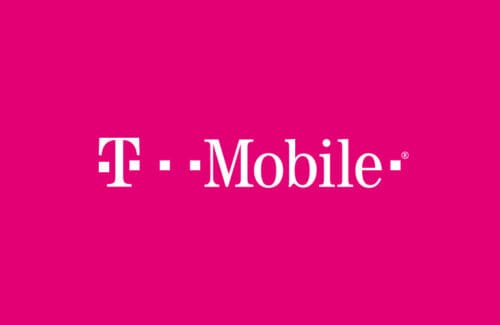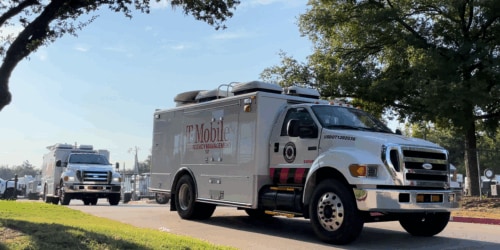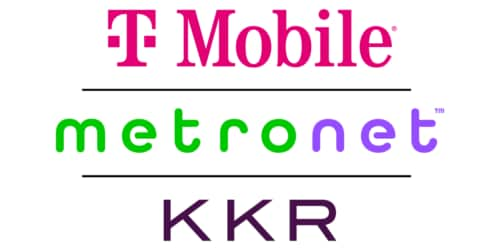Over the past decade, we’ve seen a dramatic evolution in wireless technologies, with a matching growth in consumer demand for new mobile broadband services. This, of course, means that carriers need more spectrum to meet that demand and continue to innovate. FCC Chairman Wheeler has recognized that, “[i]n much the same way that 700 MHz paved the way for America's world-leading deployment of 4G, so could 600 MHz accelerate U.S. deployment of 5G., and beyond.” According to Chairman Wheeler, “the timing of the incentive auction makes the 600 MHz band a prime candidate for deployment of a wide-area 5G coverage layer.”
While much of the attention has been on the 600 MHz auction itself, consumers won’t benefit from the newly available spectrum until the remaining broadcasters clear the spectrum by transitioning to a new band plan. This transition is an essential task and the FCC has provided 39 months and Congress budgeted up to $1.75 billion to accomplish it. We’ve been vocal advocates of transitioning the spectrum as quickly as possible and we want to make sure our support for a rapid transition is based in fact and is fair to broadcasters.
To get an honest and accurate assessment of the transition, we reached out to some of the most experienced broadcast professionals in the business, including radio frequency engineers, structural engineers and antenna experts, to understand the facts.
We filed the results of this analysis in a 412-page study prepared jointly with the broadcast engineering firms of Hammett & Edison, Inc. and Broadcast Tower Technologies, Inc. (BTTi). The joint study concludes the transition from broadcast to broadband can happen within 39 months and under $1.75 billion. To accurately gauge the equipment and engineering requirements necessary for the transition, the experts relied on thousands of pages of detailed records that every television station in the country filed with the FCC. In addition, they conducted hundreds of interviews with broadcast engineering companies to determine whether the resources available could meet those needs.
On the supply side, our experts identified more than enough antennas, cables, transmitters and other gear to satisfy an increase in demand from the broadcasters. In interview after interview, our experts heard stories of manufacturers eager to grow market share. Established businesses have committed to substantial purchases of raw materials. They have “re-shored” manufacturing resources back to the United States. And, in at least one case, they have turned the lights back on at a long-dormant factory.
We saw the same dynamism among professionals and consultants. The experts found almost 200 percent more structural engineering firms capable of working on tall towers; 50 percent more radiofrequency consulting engineers available for the repack; and nearly 300 percent more qualified tower crews than a previous study.
On the demand side, our experts used broadcaster-supplied data to determine that frequency-agile antennas can play in reducing the need to swap out infrastructure. While not all television stations have antennas that can operate on different channels, many do, and accounting for these antennas reduces the number of antennas required by nearly 200 units. Similarly, analyzing actual transmitter power levels deployed in the field can yield huge cost savings because replacing higher-power transmitters is much more expensive than replacing lower-power transmitters.
Finally, and importantly, the figures in our joint study represent something of a worst case scenario. The use of more current, predictive modeling, such as that conducted by Professor Peter Cramton and his colleagues, would have dropped our joint study’s demand estimates even further.
We are very encouraged by the enthusiastic broadcast industry response to our experts’ inquiries, and are more confident than ever that the transition can be done on time and on budget. We will continue our dialogue with all stakeholders to ensure a smooth and timely transition that everyone will be able to support.





